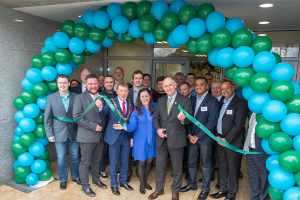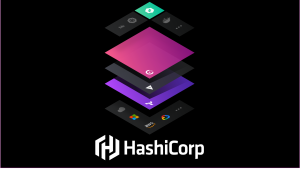Skipping Tech in the Classroom is a Disservice to Kids
![]() Twenty years ago technology in the classroom was a new idea. Other than overhead projectors, slide projectors, and TV carts with VCR’s, the classroom was a fairly low-tech space where teachers used the tricks of their trade to educate the minds of the future. Fast-forward 20 years and technology is an integral part of the education of our children.
Twenty years ago technology in the classroom was a new idea. Other than overhead projectors, slide projectors, and TV carts with VCR’s, the classroom was a fairly low-tech space where teachers used the tricks of their trade to educate the minds of the future. Fast-forward 20 years and technology is an integral part of the education of our children.
Computers, laptops, iPads, and smart technology are an integral part of the classroom learning experience, in addition to the technology labs and “specials” that children experience on a weekly basis. Technology integration into the elementary school classroom has reached new heights with interactive whiteboards, interactive projectors, clickers, manipulatives, and education-based websites.
It’s interesting to note that technology needs in classrooms are widely not debated – schools and school boards seem to accept that technology is a part of the classroom. Instead, the debate seems to be the cost of salaries for technology and IT professionals in the schools, outside of the classroom teacher. For a school to not have some manner of technology is doing it’s students a disservice – children are living in an ever increasingly technological world.
Engaging with tech
.
The industry leader of classroom technology is SMARTtech, who have been developing the industry for more than two decades. With products such as SMART Board interactive whiteboards, SMART projectors, SMART Response interactive response systems, SMART wireless slates, and collaborative SMART notebooks. These SMART solutions have revolutionized the way that students are taught, by allowing them to interact not only with the Internet and documents created by the teacher, but also with each other. Along with teaching students how to exist in a technological world, the suite of programs and teaching implements available to educators and students also teaches teamwork and collaboration vital components of the professional world.
Along with SMART technology, teachers are also utilizing clickers as a means of engaging students. By using an interactive student response system the class can work individually or as a team playing fun interactive games like trivia, “Are you Smarter than..,” or Jeopardy. Playing collective games doesn’t merely inject fun into the learning process, but they also foster teamwork and critical thinking. There are dozens of makers and tens of different types of clicker systems for students, leaving the choice up to the teacher (or school’s) personal discretion.
To the web, and beyond!
.
![]() Technology has also creeped into the classroom through a multitude of websites, such as First in Math and NASA Quest. These are just two examples of the fun children have online and there are literally hundreds of websites catering to the educational needs of children. First in Math brings the subject home, allowing the student to earn stickers and badges while playing on the computer or iPad, with the student scoring the most number of points the previous day getting to wear a badge for the day.
Technology has also creeped into the classroom through a multitude of websites, such as First in Math and NASA Quest. These are just two examples of the fun children have online and there are literally hundreds of websites catering to the educational needs of children. First in Math brings the subject home, allowing the student to earn stickers and badges while playing on the computer or iPad, with the student scoring the most number of points the previous day getting to wear a badge for the day.
Through a WestEd evaluation of more than 2,000 students in third through sixth grades in California found that “FIM had small but significant effects on California Standards Test student achievement scores across each grade level,” and that “Nearly three-quarters of students surveyed agreed with the statement ‘math lessons are fun.’” At a time when student achievement in the US is falling behind, anything to pique the interest of students is vital.
While First in Math is subscription based, NASA Quest are “free web-based interactive explorations designed to engage students in authentic scientific and engineering processes.” The skills that students learn in NASA Quest are solutions related to the very issues that NASA employees encounter, giving a real-world application to the fun exploration of science and space. With 12 different programs to choose from there are a wide range of choices for all grades K-12. In addition to the 12 programs available, there are various types of multimedia, as well as the ability for students to learn about past, current and future missions, from the Mercury program all the way to future International Space Station Missions as the Landsat Data Continuity Mission.
Our children are our most precious asset. They’re the future, and it is our job as adults to give them the foundation that they need to be successful into adulthood and beyond. The 21st century is here, and we as a society have two choices, enter whole-heartedly into the technological world and teach our children to utilize all that tech has to offer them, or to hold out and fade away into the dinosaur age lagging behind the rest of the world.
A message from John Furrier, co-founder of SiliconANGLE:
Your vote of support is important to us and it helps us keep the content FREE.
One click below supports our mission to provide free, deep, and relevant content.
Join our community on YouTube
Join the community that includes more than 15,000 #CubeAlumni experts, including Amazon.com CEO Andy Jassy, Dell Technologies founder and CEO Michael Dell, Intel CEO Pat Gelsinger, and many more luminaries and experts.
THANK YOU











